Mekong Environmental Resilience week (13–15 September 2023)
Brought together researchers, development partners and policy makers to share knowledge and perspectives, and explore ways to collaborate on critical water, energy and climate issues in the Mekong Region. Dr Jianbin Wang (our Chief Innovation Officer) was one of those people sharing his expertise at this 3-day event organised by the Stockholm Environment Institute (Asia), co-hosted with Chulalongkorn University with support from the Australian Department of Foreign Affairs and Trade.
At a session entitled ‘Urban Futures in a Changing Climate’, Jianbin discussed the multiple challenges facing urban centres around the world, including the Mekong region:
- water pollution
- droughts and water scarcity
- river degradation
- heat waves and urban heat.
“Climate change not only exacerbates these issues, it makes their occurrence more unpredictable, making it difficult for cities to plan,” he explained.
One of the aims of Mekong Environmental Resilience week was to identify regional climate policy actions and priorities that can improve the region’s resilience to these pressures and the changing climate.
Jianbin explained the role water sensitive principles and practices – especially multifunctional nature-based solutions – can play. These solutions – e.g. constructed wetlands, raingardens, tree pits and bioswales – deliver a range of ecosystem services and benefits such as flood detention and water quality treatment, habitat for wildlife, cooling) and recreation and amenity services. Inclusive design focusing on public open spaces that allows universal access and participation ensures services and benefits reach everyone in society and we leave no-one behind.
“We don’t want to create one-dimensional solutions, because that will just shift the problems from one place to another,” he said.
Multifunctional infrastructure can be applied a range of scales:
- building/lot scale
- neighbourhood scale
- precinct scale
- suburb/catchment scale
- city scale.
“Climate resilience should not just focus on buildings. In fact, it should go beyond buildings and into the public open spaces. But it shouldn’t be confined to city centres. We should also explore ways to use marginal spaces. That’s where investment can best benefit the vulnerable and disadvantaged groups in society.”
Jianbin provided examples of these nature-based solutions in action, demonstrating they can be built and work well in any context:
- Multi-functional urban corridor: Constructed wetlands and bioswales have been used to create a grey-green-blue corridor along a 40km ring road in Kunshan, detaining and treating stormwater and creating recreation spaces for local communities.
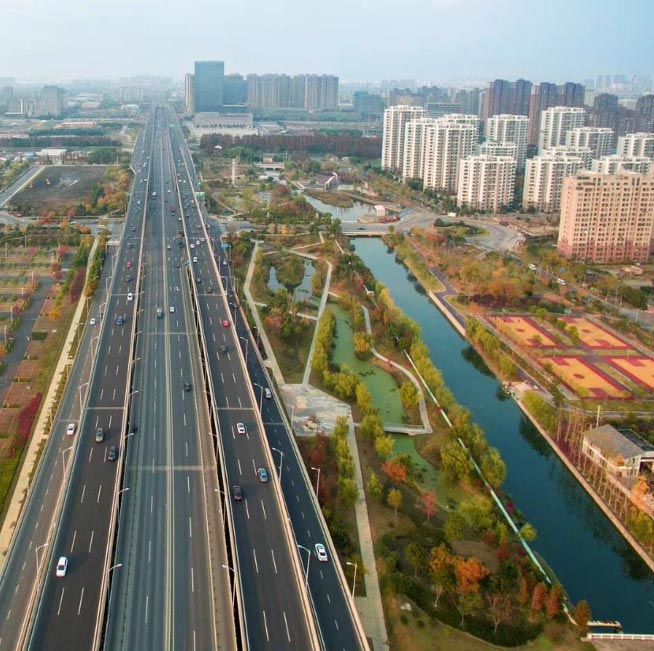
- Urban Green Canyon Strategy: Tree pits and stormwater planter boxes have been proposed to capture and treat stormwater, separate stormwater from wastewater, create a cool streetscape and improve amenity in Rayong (Thailand).
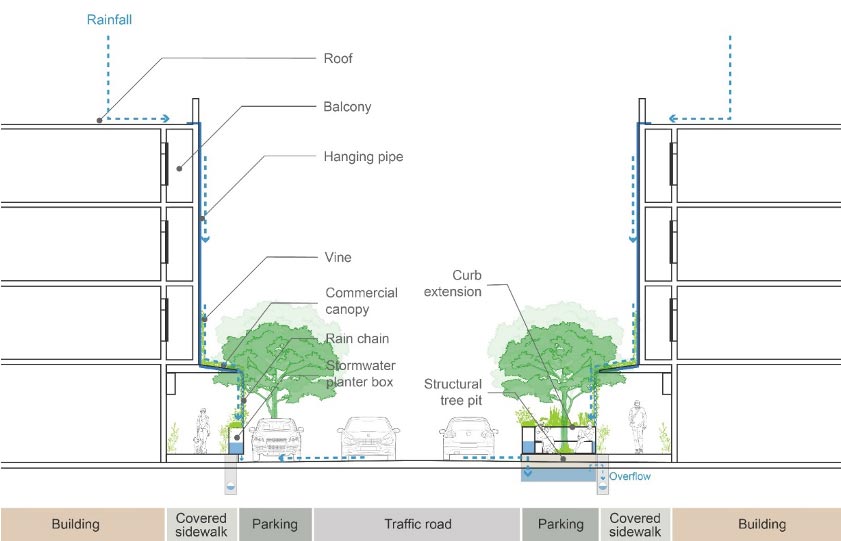
Supporting integrated urban water management in Thailand’s Eastern Economic Corridor
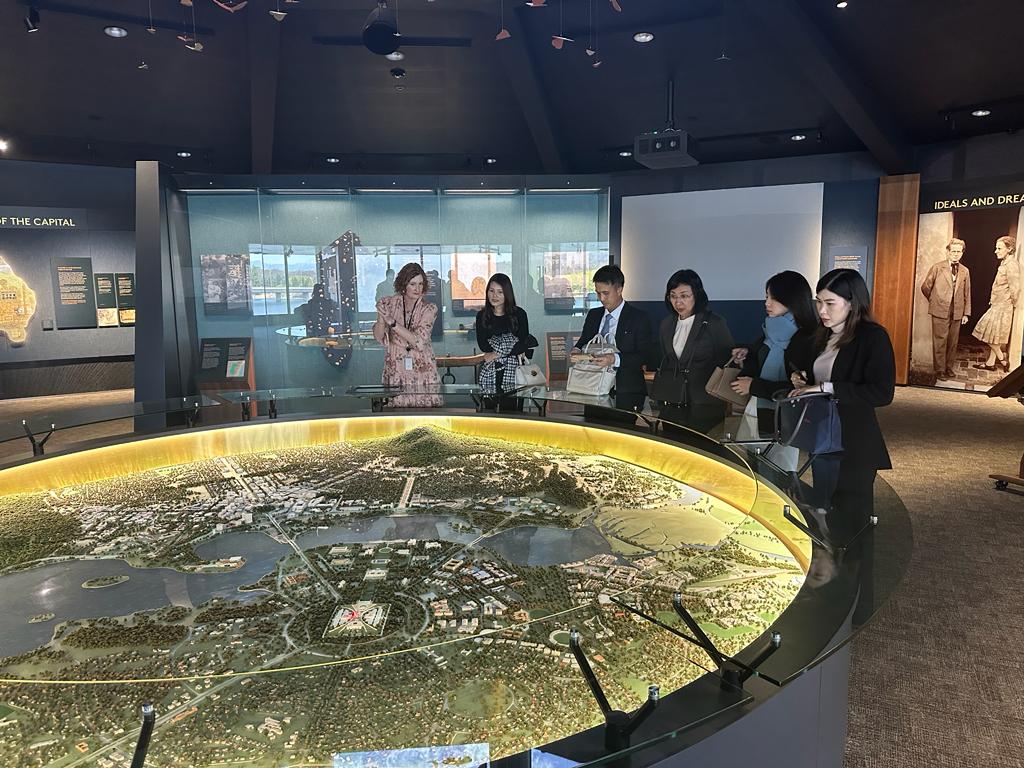
Get the run down on the RUCaS Regional Conference and Training, held over 4 days in November 2023
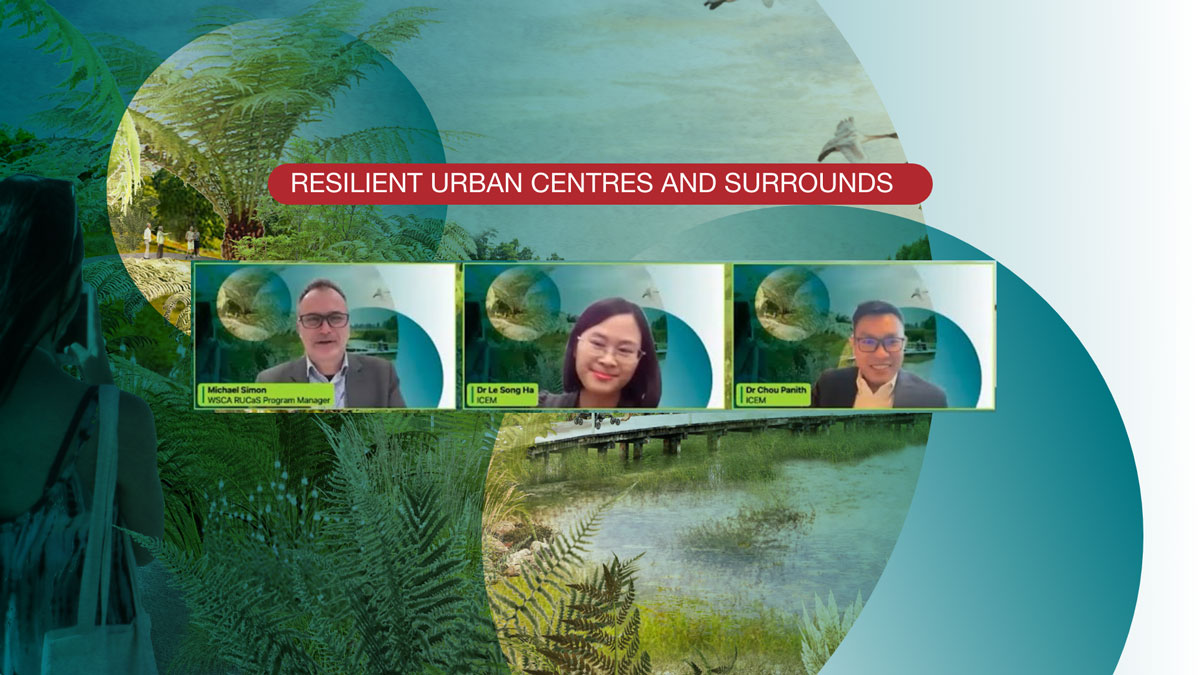
Improving climate change and water security outcomes for peoples with disabilities
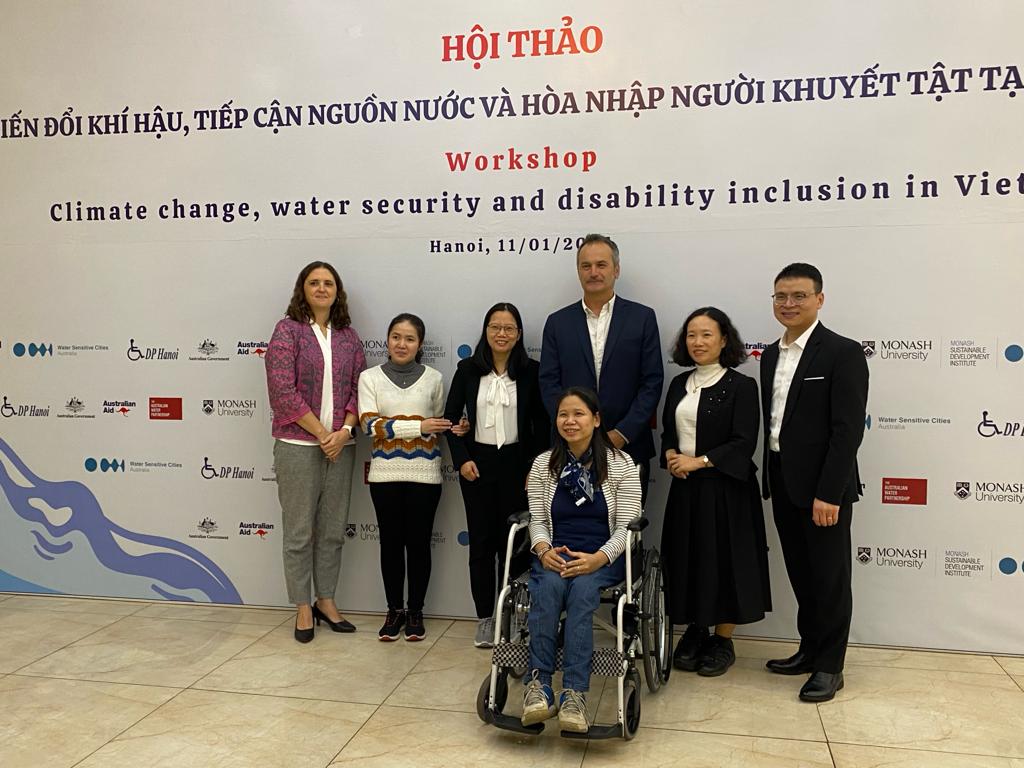
New faces at Water Sensitive Cities Australia

